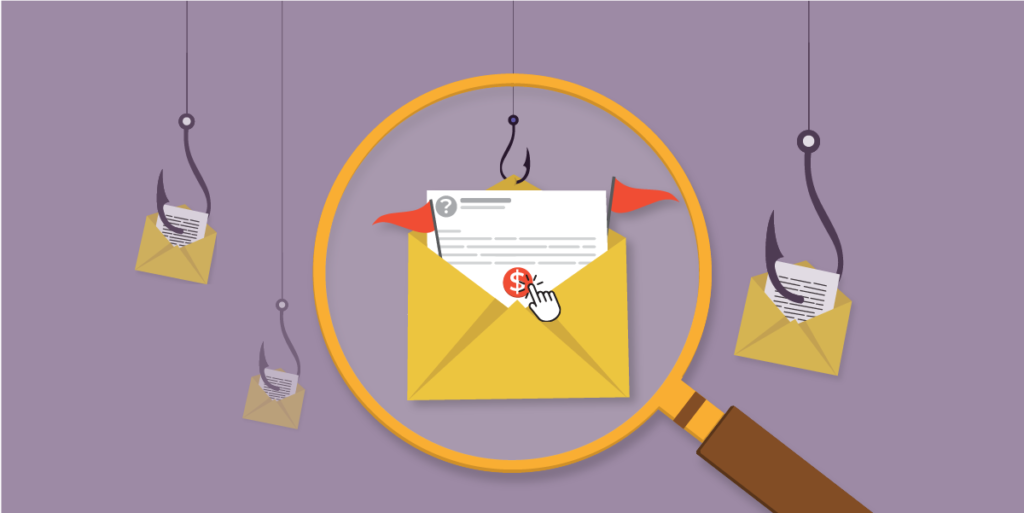Deepfake technology, which uses artificial intelligence to create realistic but fake images, videos, or audio, can be both fascinating and dangerous. While it has legitimate uses in entertainment, education, and art, it can also be misused for fraud, misinformation, and harassment. Here are some steps to protect yourself and others from the harmful effects of deepfakes:
1. Protect Your Personal Data

- Limit sharing personal media: Avoid posting high-quality photos, videos, or audio clips of yourself online, especially on public platforms.
- Adjust privacy settings: Use strict privacy settings on social media to control who can access your content.
- Be cautious with biometric data: Avoid sharing sensitive biometric data (e.g., facial scans, voice recordings) unless absolutely necessary.
2. Verify Content Before Sharing

- Check the source: Always verify the authenticity of media before sharing it. Look for trusted sources or official channels.
- Look for inconsistencies: Deepfakes often have subtle flaws, such as unnatural facial movements, mismatched lighting, or audio that doesn’t sync properly.
- Use verification tools: Tools like Deepware, Sensity, or WeVerify can help detect deepfakes.
3. Educate Yourself and Others

- Stay informed: Learn about deepfake technology, how it works, and its potential risks.
- Raise awareness: Educate friends, family, and colleagues about deepfakes and how to spot them.
4. Use Technology to Fight Deepfakes

- Watermark your media: Add digital watermarks to your photos and videos to make it harder for them to be misused.
- Blockchain for verification: Some platforms use blockchain to verify the authenticity of media.
- AI detection tools: Use AI-based tools to detect and flag deepfake content.
5. Advocate for Regulation and Accountability

- Support legislation: Advocate for laws that regulate the creation and distribution of deepfakes, especially those used for malicious purposes.
- Report misuse: If you encounter harmful deepfakes, report them to the platform or authorities.
6. Protect Your Identity

- Monitor your online presence: Regularly search for your name and images online to see if they’ve been misused.
- Use two-factor authentication (2FA): Secure your accounts to prevent hackers from stealing your data to create deepfakes.
7. Be Skeptical of Unusual Requests

- Watch for scams: Be cautious if someone asks for personal photos, videos, or voice recordings, especially if the request seems unusual or suspicious.
- Verify identities: If you receive a suspicious video or audio message, confirm the sender’s identity through another channel.
8. Support Ethical AI Development

- Promote ethical AI: Support organizations and initiatives that advocate for the responsible use of AI and deepfake technology.
- Encourage transparency: Push for transparency in AI-generated content, such as labeling deepfakes as synthetic.
By taking these precautions, you can reduce the risk of being targeted by deepfakes and help combat their misuse. Stay vigilant and proactive in protecting yourself and others in the digital age.

